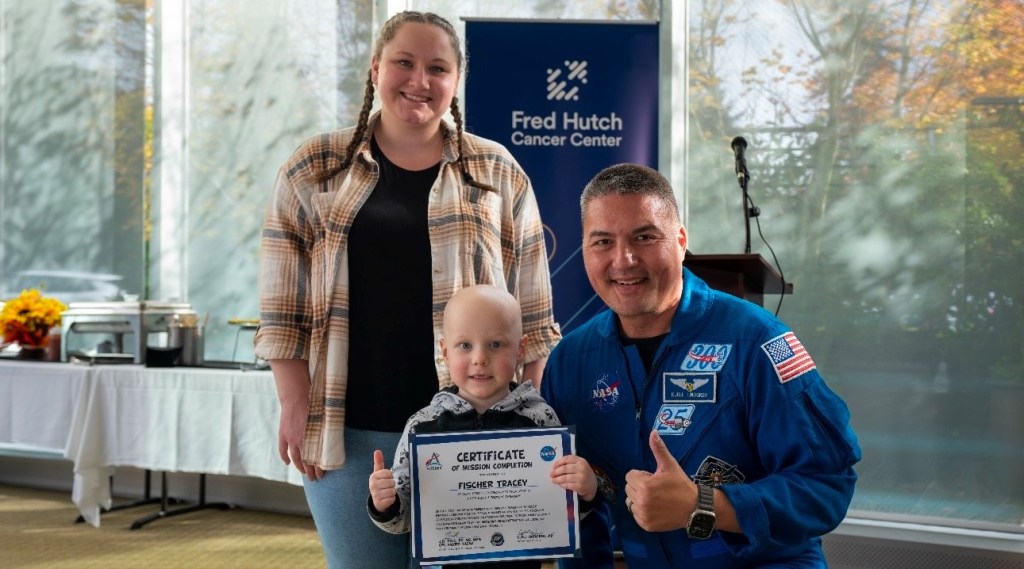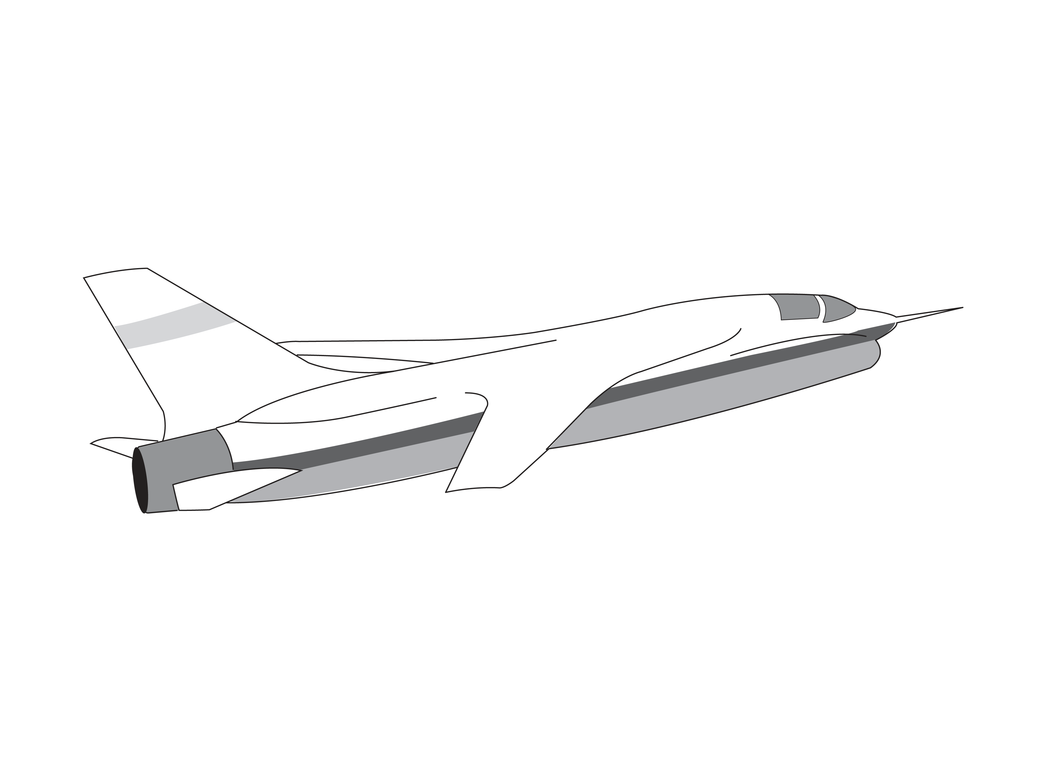EG-0029-02
In the early 1960s, Richard T. Whitcomb, chief of the Transonic Aerodynamics Branch, Langley Research Center, Hampton, VA, conducted exploratory research that led to the invention and patent of the NASA Supercritical Airfoil.
Compared to a conventional wing, the supercritical wing (SCW) is flatter on the top and rounder on the bottom with a downward curve at the trailing edge (see illustration). The concept was first studied in the 8-foot transonic pressure tunnel and other wind tunnels at Langley and Ames Research Center, Moffett Field, CA, before actual research with an aircraft began.
A TF-8A Crusader, available from the U.S. Navy, was selected as the SCW testbed. With its easily removable wing, landing gear that retracted into the fuselage, and Mach 1.7 capability, it was a satisfactory choice as a testbed. The announcement that the SCW concept would be flight tested at the Dryden Flight Research Center (then the NASA Flight Research Center), Edwards, CA, was made in February 1969…Learn more



























